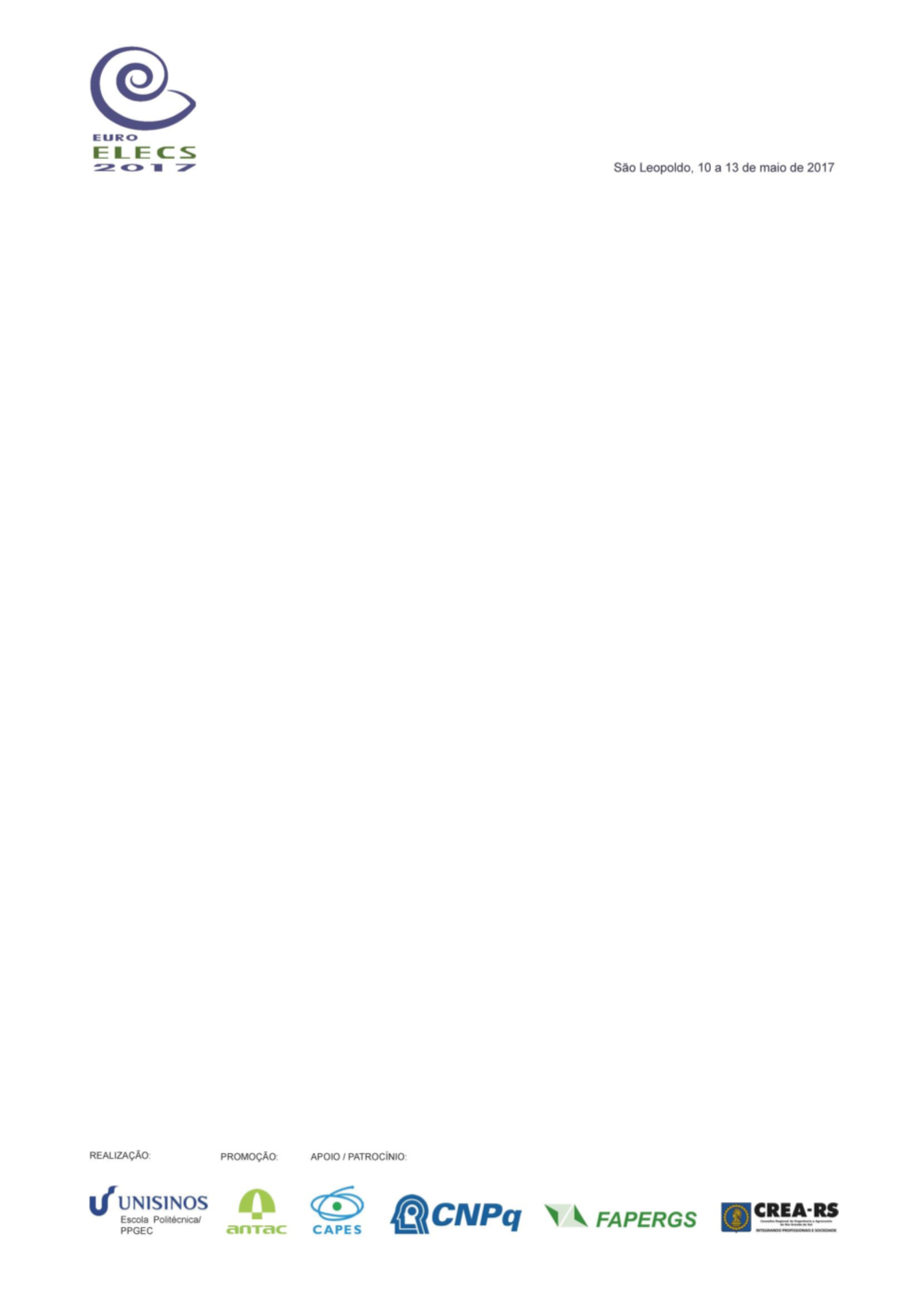

76
GO, interferem no consumo de energia e nas emissões de CO
2eq
relacionada à construção,
manutenção e climatização artificial (etapa operacional) da edificação. Foram avaliadas três
condições, sendo elas: 20, 30 e 40 alunos por sala de aula. Os dados de emissões de CO
2eq
das
etapas de construção e manutenção foram retirados da literatura nacional. Para a conversão do
consumo de energia elétrica, da climatização artificial das salas de aula, em emissões de CO
2eq
,
foram utilizados três fatores de emissão, um considerando uma alta participação de fontes
renováveis na matriz elétrica brasileira, outra com média participação e outra com baixa
participação. Para a simulação termoenergética foi empregado o software Design Builder
utilizando dados climáticos da região e propriedades dos materiais obtidos em normas brasileiras.
Os resultados mostraram um crescimento linear do consumo de energia e emissões de CO
2eq
devido a climatização com aumento da densidade de ocupação das salas de aula. Os diferentes
fatores de emissões da eletricidade utilizados levaram a uma diferença nos resultados finais de
até 270%, o que mostra a importância da escolha desse fator para esta tipologia de edificação. Ao
final, foi obtido o índice de emissões de CO
2eq
por aluno em que a situação com 40 alunos por
sala de aula, se mostrou a mais vantajosa.
Palavras-chave:
Edificações escolares
;
Densidade de ocupação; Consumo de energia; Potencial
de Aquecimento Global.
1. INTRODUCTION
The building sector plays an important role in greenhouse gas (GHG) emissions. In Brazil,
residential and industrial sectors represented 23% of the total GHG emissions in 2015 (MME,
2016).
Rogelj et al. (2016) showed that even if GHG reduction targets, set by countries in the Conference
of the Parties (COP), which took place in Paris in 2015 are reached there will be an average
increase in global temperatures of about 2.6 to 3.1 °C in 2100.
In the life cycle of a building there are different kinds of CO
2
emissions. The gases emitted by
materials are known as embodied CO
2
or embodied CO
2eq
(when CH
4
and N
2
O are considered)
and it can be defined as the amount of CO
2
in a product from the raw material extraction and
manufacturing process required to produce a finished product. Another important building life cycle
phase is the operational, where CO
2
emissions come from user habits, for example, the electricity
consumption (CHAU; LEUNG; NG, 2015). One important part of electricity consumption in public or
commercial buildings is due to artificial acclimatization of these buildings. The amount of electricity
consumption for thermal comfort can be influenced by different factors: weather, geographical
aspects, wind directions, thermal performance of building envelope, building typology, occupational
rate and other factors (LAMBERTS, R.; DUTRA, L.; PEREIRA, 2012).
The human body can be considered a thermal machine, because it emits heat, resulting in the
heating of internal parts of buildings (RIVERO, 1985). In this sense, spaces of high human density
have higher internal temperatures and consequently increase the energy consumption for air
conditioning and will increase the CO
2
emissions in producing this energy. Therefore,
environments with higher occupational rates tend to emit more CO
2
. In Brazilian municipal schools
there is a tendency to have many students per classroom, which results in greater discomfort for
students and teachers and a worse learning environment.
In the Brazilian literature, many studies were carried out for school buildings focusing on post-
occupational evaluation, by Ornstein, Ono (2005), Funari, Kowaltowski (2005), Carvalho et al.
(2007), among others. With the growing concern about the problems related to environmental
comfort, such as thermal, light and sound, some authors, Almeida, Ruiz; Graça (2010), Krum,
Tubelo, Sattler (2010) and De Jesus et al. (2015), evaluated these problems in their typology of


















